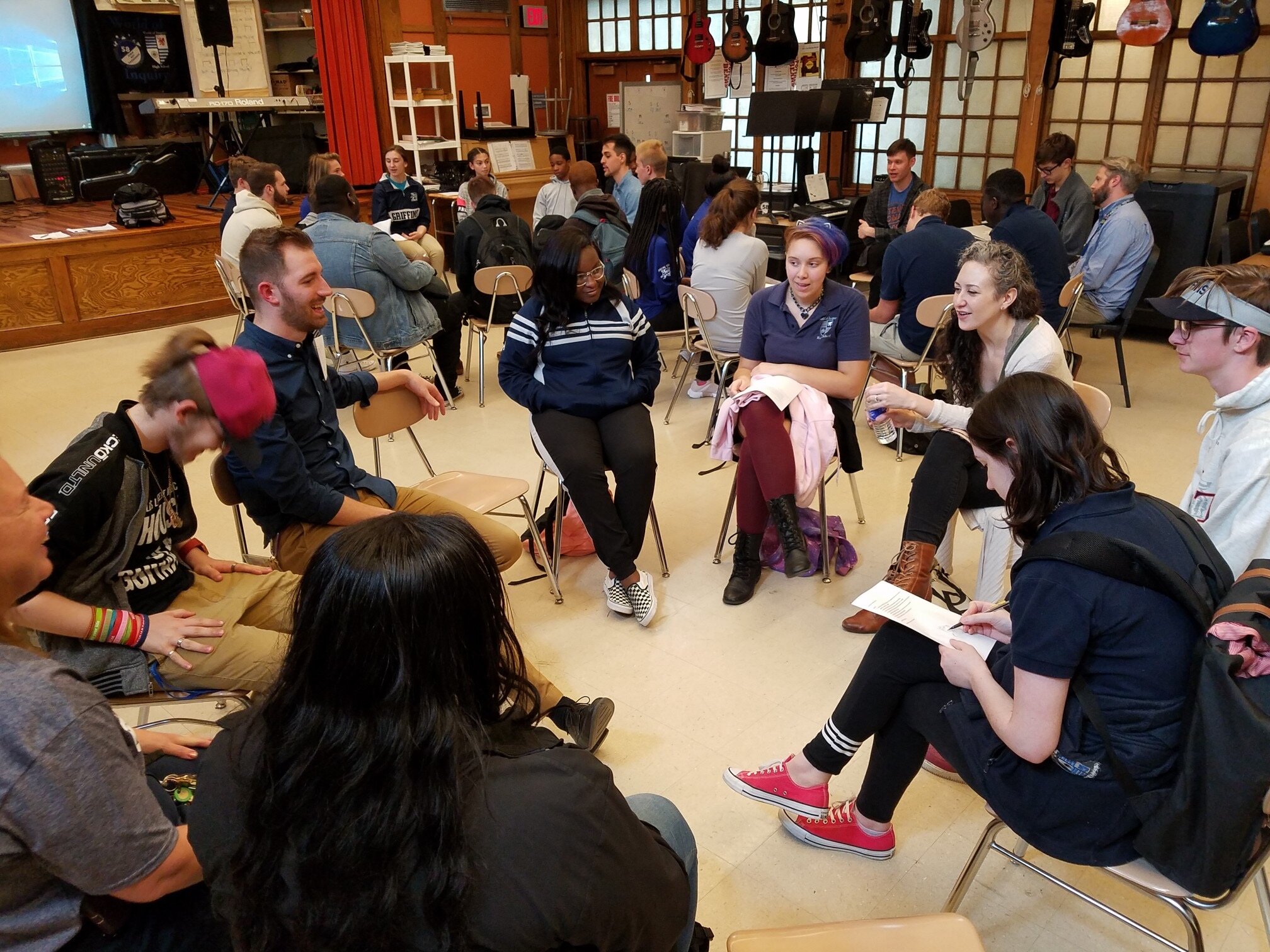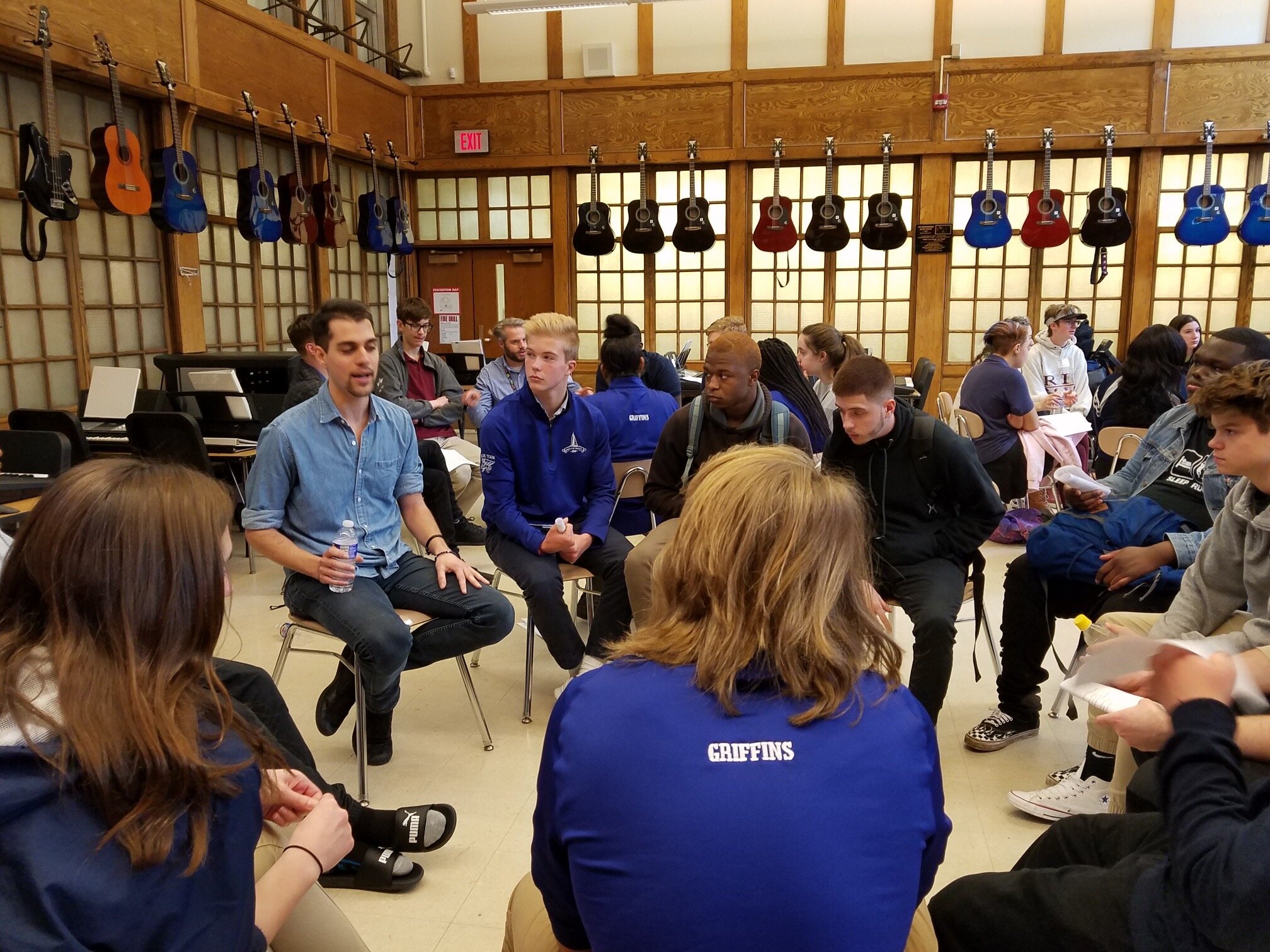The Labor Movement was a driving force behind the fight for workers' rights and social justice in the United States. Throughout history, music has played a crucial role in giving voice to the struggles and aspirations of the working class. Here, we will delve into the songs of The Labor Movement, focusing on the influential figures of Woody Guthrie and Pete Seeger, whose music and activism continue to resonate today.
The Influence of Woody Guthrie
Woody Guthrie (1912-1967), an iconic singer-songwriter and activist, is an influencial figure in the history of protest music. His songs, steeped in empathy and authenticity, vividly captured the hardships and aspirations of the working class. Guthrie's music transcended genres, blending folk, country, and blues to create a unique sound that spoke directly to the heart of the labor struggle.
This Land Is Your Land (1940): Guthrie's most celebrated song, "This Land Is Your Land," became an unofficial anthem of The Labor Movement. It is a poignant reminder of the values of equality, unity, and shared ownership of the land. The song’s enduring popularity can be attributed to its powerful message of inclusivity and the call for social justice.
Union Maid (1940): In "Union Maid," Guthrie pays tribute to the courage and resilience of women in the labor movement. This spirited song celebrates the vital role of women in organizing and fighting for workers' rights, showcasing their determination and dedication in the face of adversity.
Pete Seeger: A Torchbearer for The Labor Movement
Pete Seeger (1919-2014), another influential figure in The Labor Movement, dedicated his life to using music as a vehicle for social change and activism. His music reflected the spirit of solidarity and collective action, providing a voice for the marginalized and oppressed.
Solidarity Forever (1915): Seeger's rendition of "Solidarity Forever" breathed new life into this timeless labor anthem. Originally written by Ralph Chaplin, the song celebrates the power of unity among workers and the unwavering spirit of collective action.
Which Side Are You On? (1931): Written by Florence Reece during the harsh conditions of the Harlan County coal miners' strike, this song gained popularity after Pete Seeger's adaptation. "Which Side Are You On?" captures the essence of the class struggle and the need to choose a side in the fight for workers' rights.
The Timeless Relevance of Labor Movement Songs
The songs of The Labor Movement continue to resonate and inspire, serving as a reminder of the ongoing struggle for workers' rights and social justice.
Bread and Roses (1911): Based on a poem by James Oppenheim, "Bread and Roses" became an anthem for the fight against exploitative working conditions and the demand for dignity and respect. This powerful song reminds us that workers deserve more than just the basic necessities; they deserve beauty, culture, and a life worth living.
Joe Hill (1930): Written by Earl Robinson, "Joe Hill" pays homage to the Swedish-American labor activist and songwriter Joe Hill. The song embodies the spirit of resistance and solidarity, emphasizing the importance of standing up for one another in the face of injustice.
The songs of The Labor Movement have acted as powerful tools for social change, amplifying the voices of workers and activists across generations. Woody Guthrie and Pete Seeger's music and activism have left an indelible mark on The Labor Movement, inspiring countless artists and movements to use their creative talents to advocate for justice and equality.









